Water hyacinth flower photography
Bismillahir Rahmanir Rahim
Hello photography lovers, I am starting my post today by wishing you all a sweet morning, today I will share with you some photography of Kochuripana flower. The pictures are taken from the side of a pond next to your madrasa.
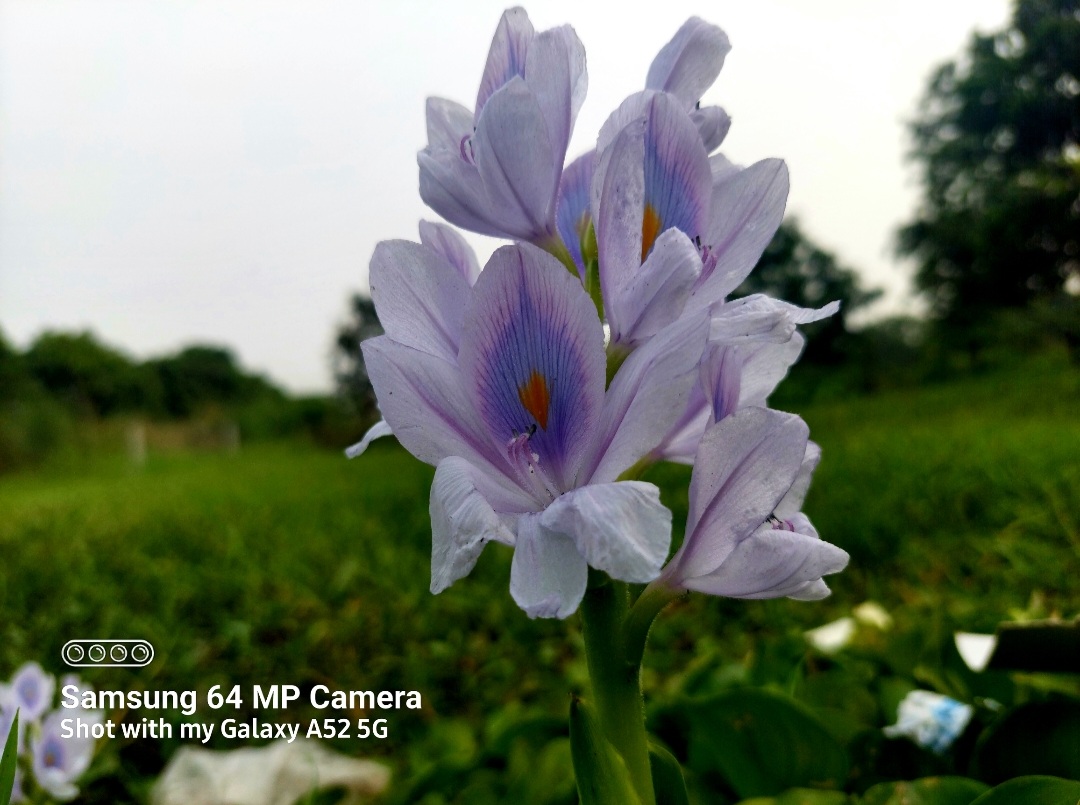
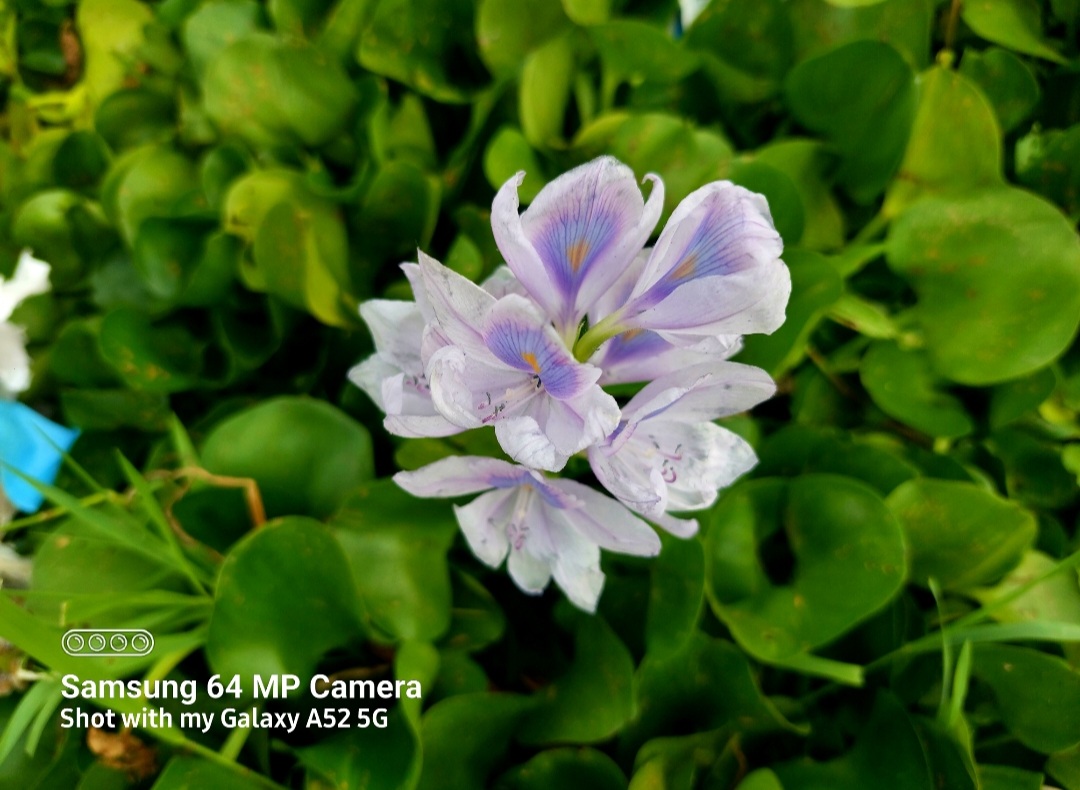
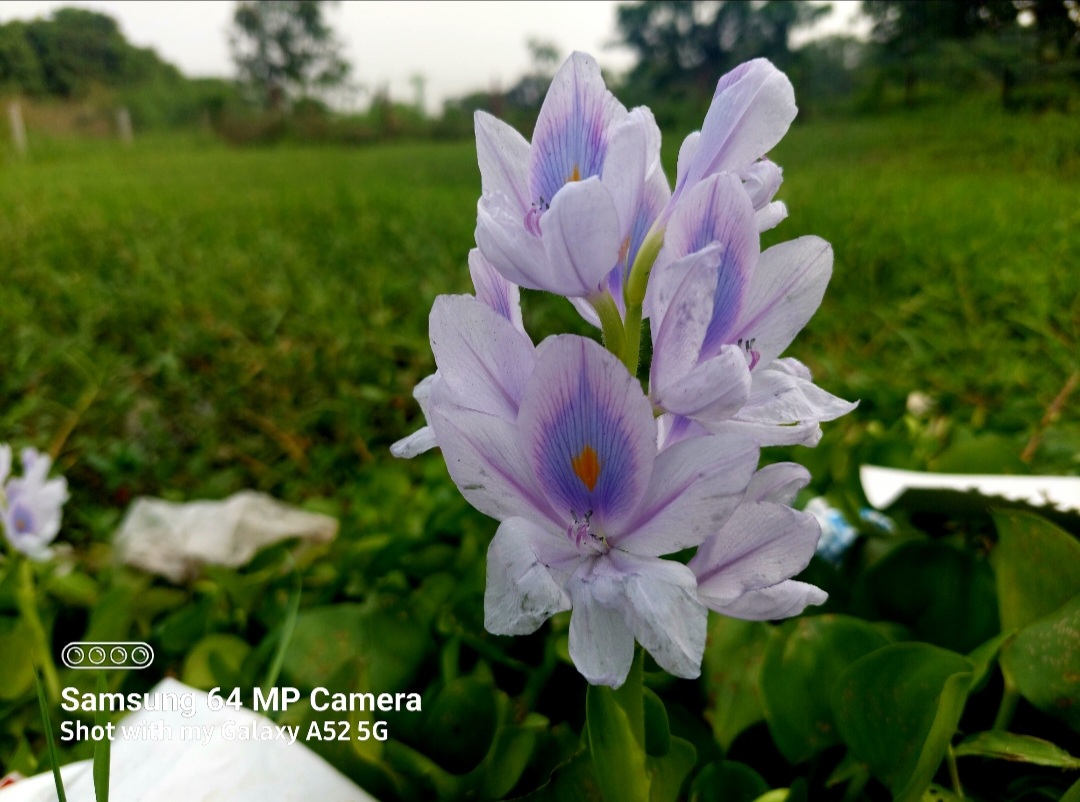
Water hyacinth is a free-floating perennial herbaceous aquatic plant. Water hyacinth has an air chamber and can easily float on water. In Bangladesh, it is considered as a weed, it grows almost everywhere in closed water bodies. Common names are common water hyacinth, water hyacinth etc. Scientific name Eichhornia crassipes. There are seven species of Eichhornia hyacinth. We have been eating a lot of water hyacinth in our food for a long time, for example, water hyacinth tubers, stems, leaves, etc. are our favorite food of many.
Water hyacinth flowers usually bloom from October to January. 8-15 attractive six-petalled bunches of beautiful flowers emerge from a petal of a water hyacinth. The very light purple six petals have a peacock feather-like blue design just above them. It has a yellow tilak in the middle. Although the flower has no scent, there is no way to completely ignore its beauty. Water hyacinth is a provincial flower of the Sindh province of South Pakistan.
Glossy and oval-leafed hyacinths are native to South America. Water hyacinth can reproduce very quickly. Water hyacinth is one of the fastest growing plant species in the world. They breed the fastest during the rainy season and spread widely. They double in just two weeks. Their seeds can germinate even after 30 years. With the right environment, a single plant can grow to more than three thousand in just fifty days. Different species of aquatic birds help in spreading their seeds.
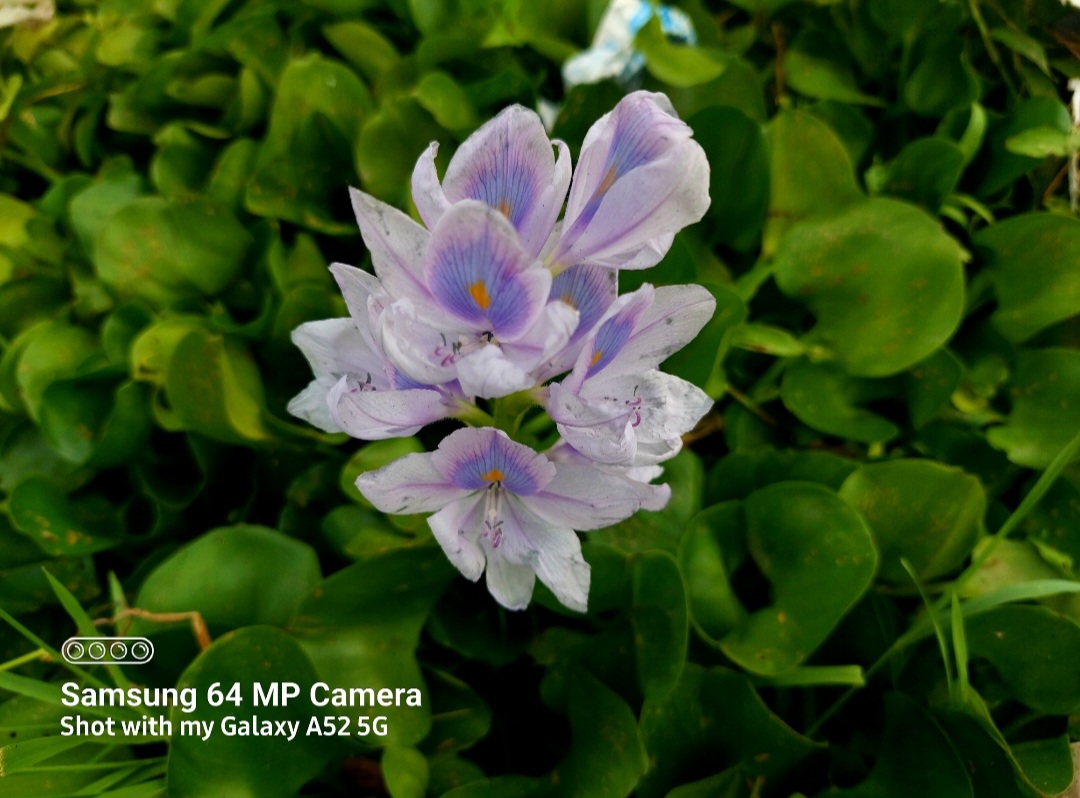
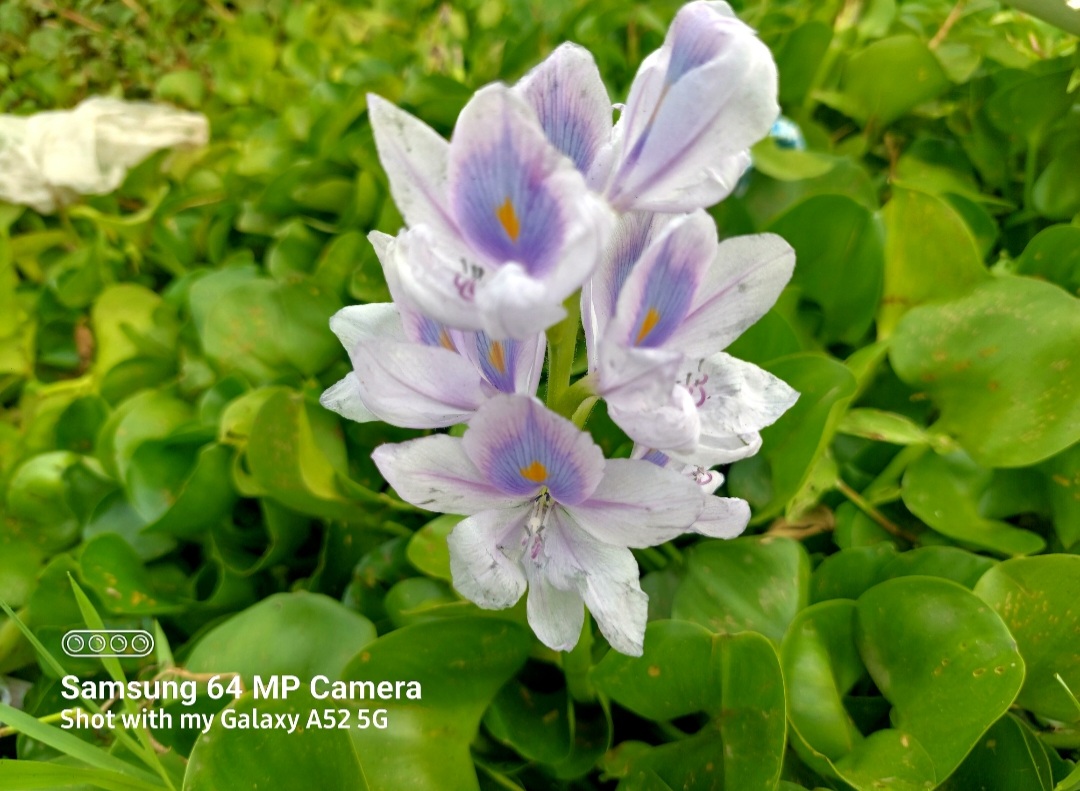
It is believed that a Brazilian tourist, fascinated by the beauty of water hyacinth flowers, brought water hyacinth to Bengal in the late 18th century. Then it started growing so fast that by 1920 almost every reservoir in Bengal was filled with water hyacinth. The Water hyacinth Act was enacted in 1937, which prohibited the keeping of water hyacinths around the house and made it a civic duty to take part in the government-sponsored water hyacinth cleaning campaign. Later, Ayub Khan sprayed chemicals to destroy water hyacinth all over the country and poisoned the beel-bao in the 1980s.
I hear that the first part of the scientific name of the water hyacinth, Eichhornia, comes from the name of the Prussian queen. The queen was fascinated by the form of this flower. No matter how much the queen of the winter country is fascinated by the beauty of flowers, when she comes to the hot country, it becomes a nuisance. The most reliable breeding ground for mosquitoes is this water hyacinth. Water hyacinth dies during winter. Does not live in salt water. There is use of water hyacinth in fish farming. The heat keeps the water cool. The fish take refuge in the folds of the roots like the beard of the kachuri. Shrimp, where the fish's favorite habitat is this water hyacinth. Water hyacinth is now mainly used as fertilizer. In addition, it is also used as fodder for cattle in flood prone areas during monsoons. In a documentary I saw some villages in the south producing a kind of paper from water hyacinth. This paper is also being exported abroad.
Thanks everyone for reading my post today.
Congratulations, your post has been upvoted by @dsc-r2cornell, which is the curating account for @R2cornell's Discord Community.
Enhorabuena, su "post" ha sido "up-voted" por @dsc-r2cornell, que es la "cuenta curating" de la Comunidad de la Discordia de @R2cornell.
!MEME
Credit: underlock
Earn Crypto for your Memes @ hiveme.me!